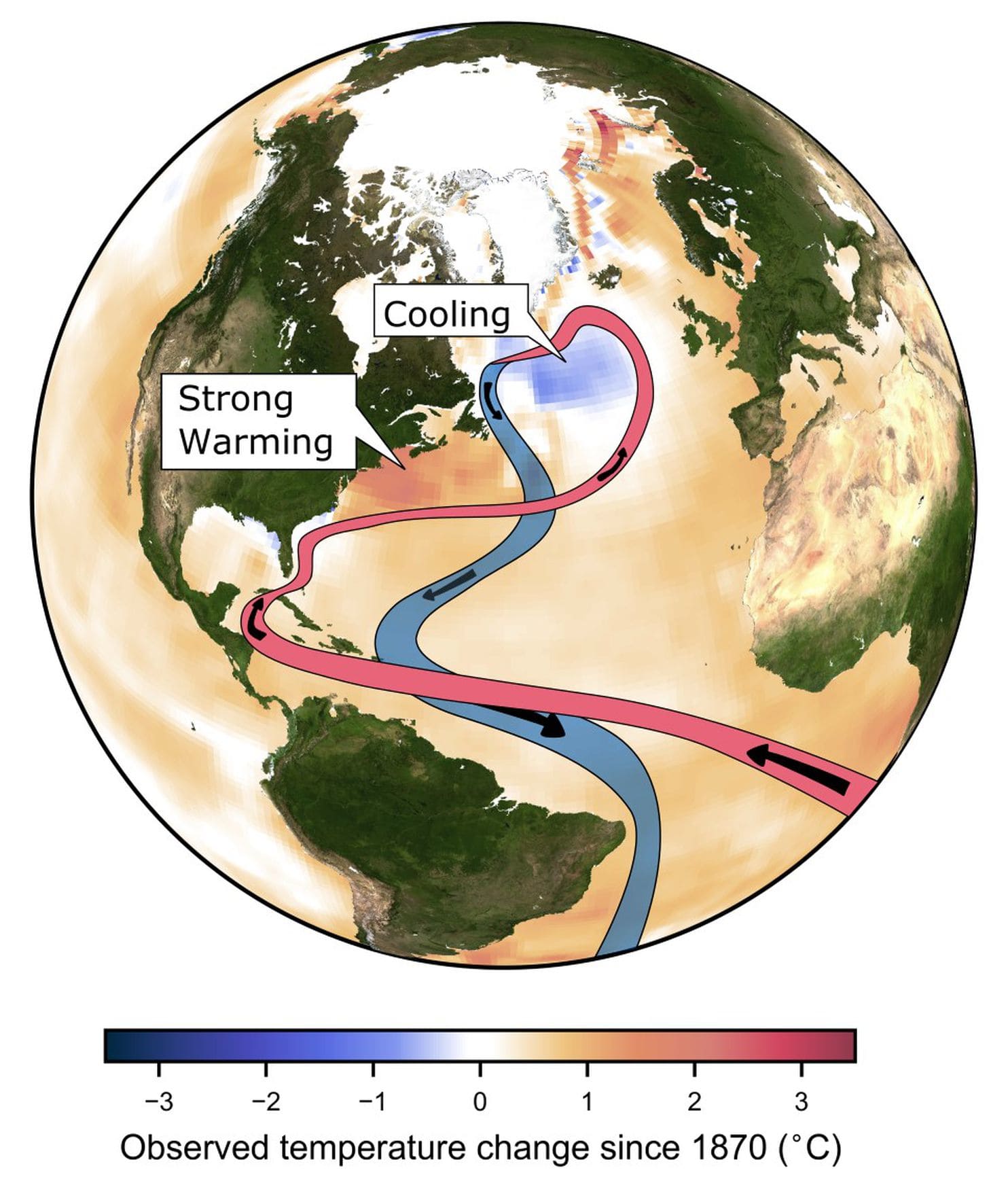A new study published in Science Advances has made a significant contribution to our understanding of the Atlantic Meridional Overturning Circulation (AMOC), a key component of Earth’s climate system. The research, led by van Westen and colleagues from Utrecht, the Netherlands, utilized a high-resolution climate model to simulate 4,400 years of climate data, a task that required six months of computation on a supercomputer.
The findings confirm the existence of a tipping point for the AMOC, where an influx of freshwater could lead to its collapse. This tipping point has been suggested by previous models and is now demonstrated in a global coupled climate model, dispelling any hopes that increased model detail might prevent such a collapse. The study also introduces a new, physics-based early warning signal for approaching the tipping point, based on freshwater transport by the AMOC at the southern tip of Africa.
Observational data indicate that the AMOC is moving towards this tipping point, with some studies suggesting it could be reached within decades. The study also highlights that climate models have historically overestimated the stability of the AMOC, and that an AMOC collapse could have severe climatic impacts, particularly for northern Europe.
The research emphasizes the urgent need to understand and monitor the AMOC to prevent potentially catastrophic climate changes. It adds to a growing body of evidence that suggests we cannot afford to ignore the risks of an AMOC collapse.
Read more at RealClimate…
